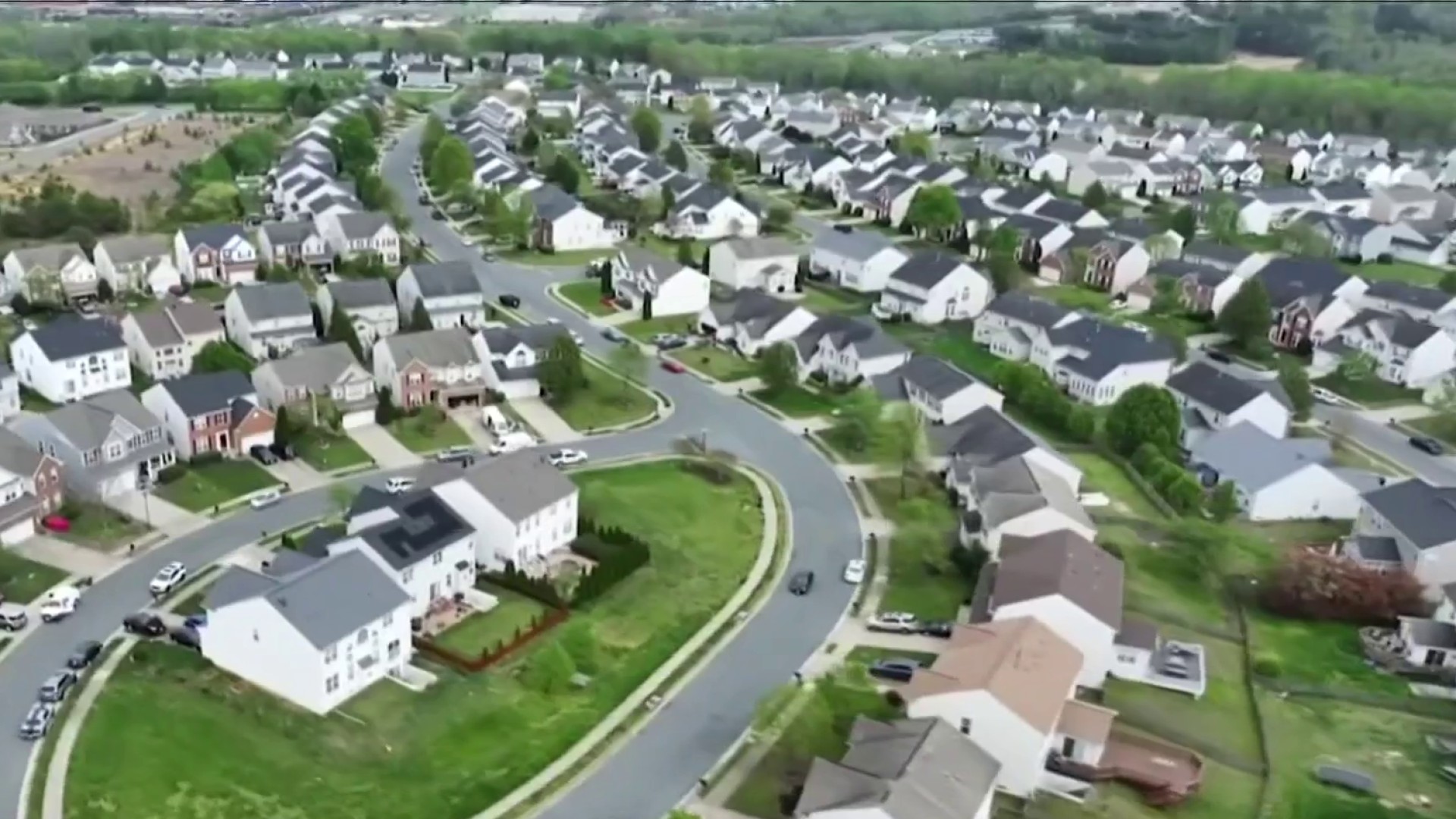Usually, when we talk about conservation and preservation, it's in the context of a natural balance - an equilibrium among life forms. But when that balance is disrupted, conservation of one creature may mean trying to stamp out another.
Maryland just placed about half the state – all of the counties west of the Chesapeake Bay – under quarantine. Wood quarantine that is, because of an invasive pest. The Emerald Ash Borer has already killed tens of millions of trees nationwide, and now it's in Maryland and Virginia.
Along this street in Herndon, Va., John Dudzinsky points to a row of very sickly looking trees.
"Right now we're lookin at a row of Ash trees, green ash - a lot of these have a lot of die back on them," he says.
Dudzinsky is the community forester for Herndon. He takes out a screwdriver and peels back some of the bark on the dead bare limbs.
"If you look underneath you can see the tunneling by the borers," he says. "Another indication is what they call fissures in the bark. As you can see right here, the bark will start to crack, and that's one of the indications of the Emerald Ash Borer."
The Emerald Ash Borer is a small, thin, brilliantly colored metallic green beetle native to Asia. Dudzinsky says the Ash trees don't stand a chance of surviving in North America.
Local
Washington, D.C., Maryland and Virginia local news, events and information
"This is a devastating, long-term problem, that has the potential to kill every Ash tree in North America, and there are some 8 billion ash trees in North America," he says.
"It's the larval stage which is the villain here," says Mike Raupp, an entomologist at the University of Maryland. "Because it feeds under the bark, it's very difficult to contact the offending stage with an insecticide."
The insect first appeared in Michigan in the 1990s, probably hitching a ride in wood packing materials. But it arrived in this region in the mail.
"A shipment of nursery stock from Michigan was shipped to a Maryland nursery illegally in 2003," says Carol Holko, who is in charge of plant protection at Maryland’s Department of Agriculture.
Holko has some logs from an infected tree in front of her.
"The bark looks like spaghetti or Raman noodles or somebody's been at it with an Etch 'n' Sketch," Holko says.
Maryland tried to get ahead of the problem back in 2003 by cutting down trees around that plant nursery in Prince George's County.
"We at that time took down 1,100 trees on 500 acres," says Holko.
But it didn’t work. They quarantined all Ash Wood in the county and cut down more trees.
"We have now cut around 47,000 Ash Trees on 21 square miles."
But that still hasn't worked, and they don't bother cutting down trees anymore.
The beetle is now in Prince George's, Howard and Anne Arundel counties, and even Allegany county all the way on the other side of the state. And it didn't just fly to these places. It’s being taken there.
"It's being moved by campers, people who are moving infested firewood from other areas," says Holko.
And it is moving fast. It’s in 17 states now, and Mike Raup estimates it’ll be in Baltimore in 5 to 10 years max.
"This is gonna be enormously expensive," says Raup. "It may cost anything from a couple hundred dollars to more than a thousand dollars to remove a single tree."
Baltimore has almost 300,000 ash trees.
"You do the math," says Raup. "We're talking about perhaps hundreds of millions of dollars to deal with this infestation once it hits a city like Baltimore."
Take that example nationwide, and the figures are staggering. Raup says over the next ten years, the tree removal and replacement cost for trees found in the urban setting in impacted communities will be $10 billion.
“We know that 114 million board feet of ash saw timber is harvested, and the stumpage value of the ash resource out there is many billions of dollars up to $100 billion,” says Paul Chaloux who is in charge of the Emerald Ash Borer problem for the Animal and Plant Health Inspection Services.
There’s a major environmental cost as well. The trees are among the few that can tolerate swampy conditions, and they prevent erosion on stream banks. As many as 150 moths and butterflies depend on Ash, but amidst the threats and the gloom, there are glimmers of hope.
"One in 100,000 trees survives," says Raup.
Scientists don't know why, but they’re looking into it. Also, stingless wasps are being introduced to fight the beetle, but the jury's still out on whether that’s effective. And individual trees can – for a price and with some effort – be injected every year with pesticide that can hold the beetles back for a while. But in order for any of these to work, those fighting the beetle say they need to buy time. And the best way to do that, they say, is for everyone else to avoid moving firewood.
Listen to the complete story at wamu.org
Copyright 2011 WAMU 88.5 - American University Radio. All Rights Reserved.



